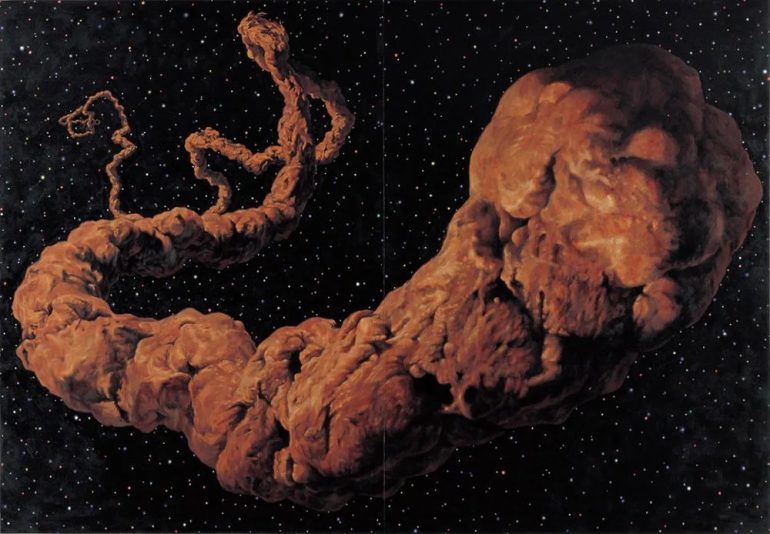It is a pleasure to have Hallam Chow, a highly respected collector, here with PHOTOFAIRS Shanghai. Chow is dedicated to supporting the Asian art community through his collection and his aim is to create an inclusive platform that attracts talent from across the world and promotes local art to a worldwide audience.
In 2021, Chow made a significant donation to M+, Hong Kong’s global museum of visual culture. The contribution comprises 17 works created by 13 important Asian artists and art groups, including Makoto Aida, Chim↑Pom, Konoike Tomoko, Takamine Tadasu, and Liu Wei. This has strengthened the profile of contemporary Asian art in the M+ Collections. Prior to this, Chow had given M+ artwork by five renowned South and Southeast Asian artists, including Jun Nguyen-Hatsushiba, L.N. Tallur, Sopheap Pich, Jompet Kuswidananto, and Eko Nugroho. These pieces have laid an important foundation for the future growth of South and Southeast Asian art in the M+ collection.
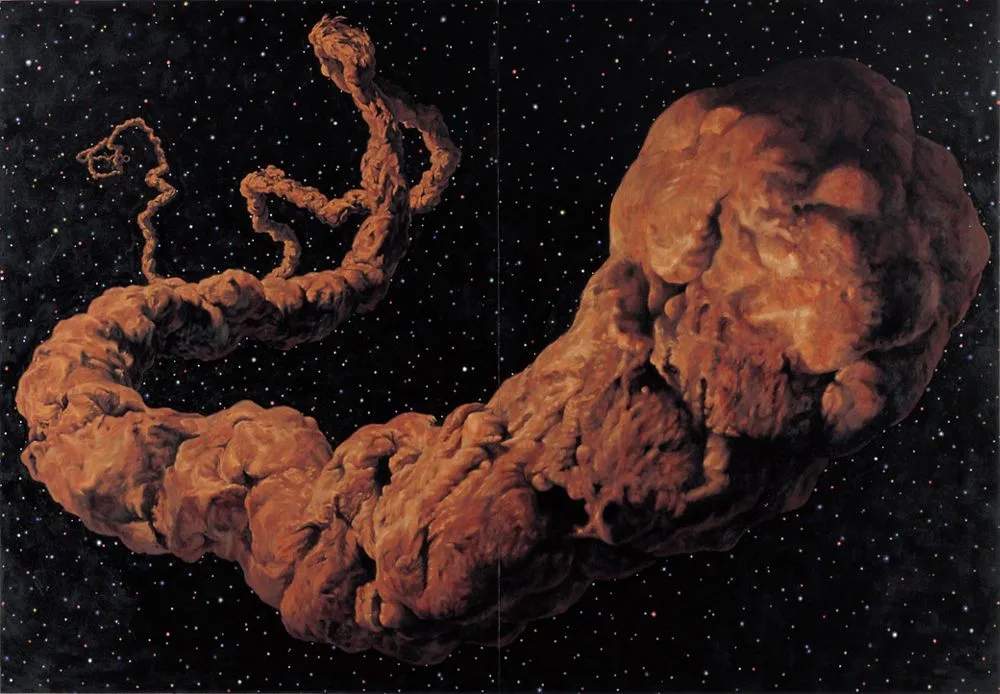
© Makoto Aida, Space Shit, 1998. Courtesy of the Artist and M+

© Chim↑Pom, Libido-Electricity Conversion Machine ‘EROKITEL’ Third and Practical Model ‘KIBOU’, 2011. Courtesy of the Artist, ANOMALY & MUJIN-TO Production
In reference to his earlier donations, Chow stated, ‘I believe my contribution can help raise awareness about M+ and showcase its focus on art from various regions of Asia, not just Chinese contemporary art. By doing this, we can attract collectors who have diverse resources and collections and see M+ as the ideal place to donate their artwork.’ In his view, collecting artwork is not just about owning or preserving it, but also about engaging in educational and meaningful conversations about aesthetics, history, and the humanities.
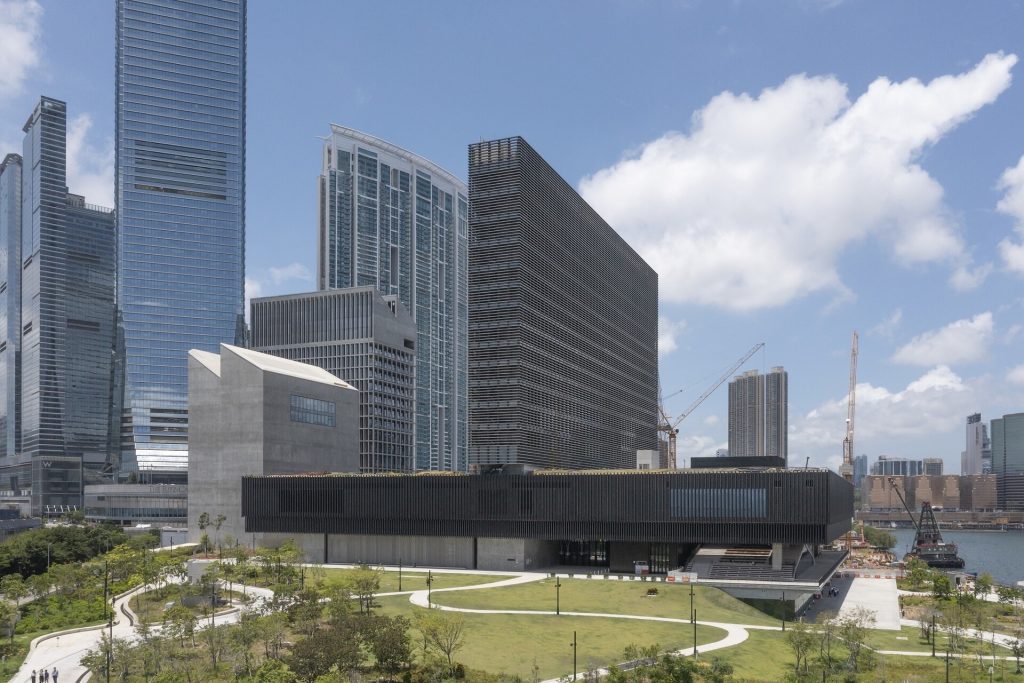
© Herzog & de Meuron, the M+ building in the West Kowloon Cultural District, Hong Kong, China
Chow’s responsible attitude towards art collecting is greatly influenced by his family’s legacy within the arts. His late grandfather, Mr. Edward T. Chow, was a renowned Chinese antique collector in post-war Hong Kong and his cousin currently holds key positions as Chairman of Sotheby’s Asia and also Worldwide Head of Asian Art. Both individuals have made notable contributions to the advancement of Chinese classical art. From Chow’s perspective, the value of collections should not be based solely on quantity. Instead of following the traditional collecting approach, he believes that relationships and research are more important factors. That’s why he started collecting at an early age and developed his own unique collection method. His collection includes art forms like photography, video, and multimedia installations while still maintaining an “Asian” aesthetic.

© Takamine Tadasu, Water Level and Organ Sound, 2004. Courtesy of ANOMALY
During our conversation, Chow tells us about his new home, which will have a “game room” where he wants to display his video art collection. He’s even considering hosting an art dinner event where he can project and play his favorite art pieces on a loop. He believes this will create a more immersive atmosphere for him and his friends to connect on a deeper level. Chow even jokes about how collectors can now showcase their collections in unique ways, thanks to video art and don’t need to rely on traditional wall displays or brag about the cost of their purchases.
Chow generously shares valuable insights and expertise in the field of art collecting. For new collectors or those aspiring to start an art collection, his advice is simple: ‘Trust your own taste and judgment. As long as you can afford it, there’s no need to worry about making mistakes. Taste naturally improves and refines with time and experience.’
PF: How has your family influenced your collection?
Chow: Both my grandfather Edward T. Chow and my cousin Nicolas Chow have made significant contributions to the recognition and commercialization of Chinese antiques – especially on an international scale. During my early years, I had the opportunity to intern at Sotheby’s in New York, as well as at the Freer Gallery of Art and the Sackler Gallery in Washington. These experiences allowed me to gain extensive knowledge in various areas, such as ceramics, ancient jade, calligraphy, and bronze artifacts. The curator at that time, Thomas Lawton, spoke highly of my grandfather’s excellent taste but subtly pointed out that it was not very “academic”. This conversation inspired me to adopt a more academic approach towards collecting art. Since then, I’ve been actively promoting the international exchange of art while also supporting the growth of Asian contemporary art. I do this through non-commercial means such as donations and participating in lectures.
PF: What motivated you to collect video art?
Chow: I once assisted the Asia Society Hong Kong Center to coordinate the Museum Summit. One topic discussed during the summit was the function of art museums. The curator of MoMA and representatives from Tate Modern were among the notable guests who stressed that art museums need to help the art industry grow in a healthy and comprehensive way. Therefore, the museums ought to support the so-called “fringe” artworks that have yet to catch the market’s attention. Museums have been acquiring paintings and sculptures since the 17th and 18th centuries, and photography gained recognition in the art world in the 1950s and 1960s. Recently, museums have expanded to include video, performance, and immersive art created through multimedia. This made me realize the need to diversify the types of art I collect.
PF: Can you give us an insight into your collection?
Chow: In my experience, the artworks that resonate the most with me often explore themes of family and memories of the past. They also delve into deep fears and express human emotions in a sincere way. Some of them incorporate elements of primitive myths, worship, or center around supernatural and natural history. Consider the piece by Vietnamese artist Jun Nguyen-Hatsushiba that I gave to M+ as an example. This art piece was chosen because it skillfully uses shadow play and paper cutting to illustrate Vietnamese folklore.
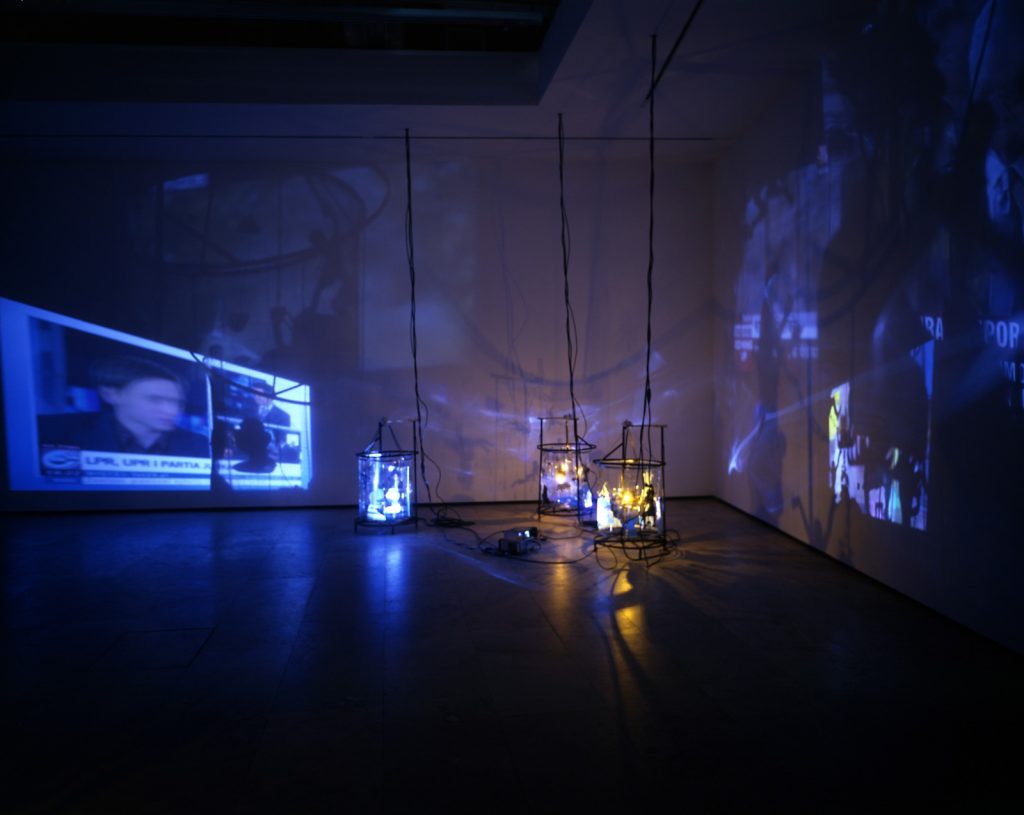
© Jun Nguyen-Hatsushiba, Circus, 2007. Courtesy of Lehmann Maupin
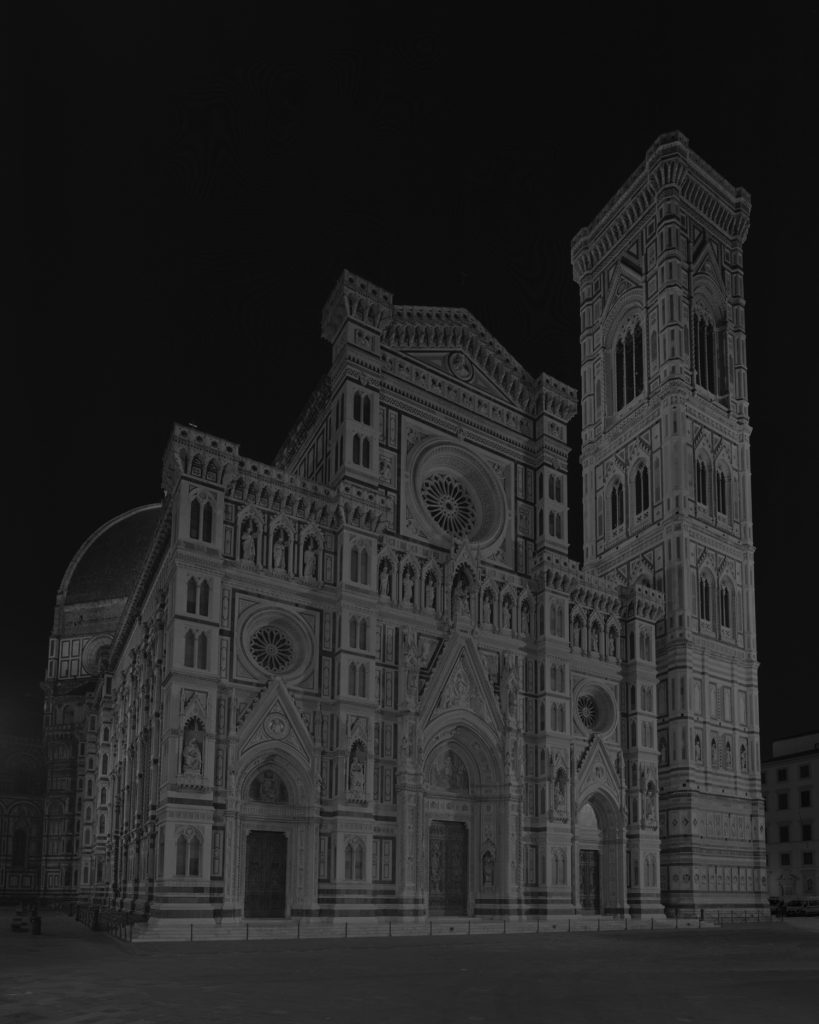
© Hiroshi Sugimoto, Duomo, Florence, 2016. Courtesy of GALLERIA CONTINUA
For similar reasons, I am also drawn to artists such as Fu Dan, Hiroshi Sugimoto, and Apichatpong Weerasethakul. And I find the artworks created by Chinese artists, such as Chen Wei and Jiang Zhi, which revolve around personal lives and carry a nostalgic feel, to be very captivating. Additionally, the works by the artist group Birdhead, addressing urban evolution, are also compelling.

© Chen Wei, Fragments, 2013. Courtesy of Blindspot Gallery
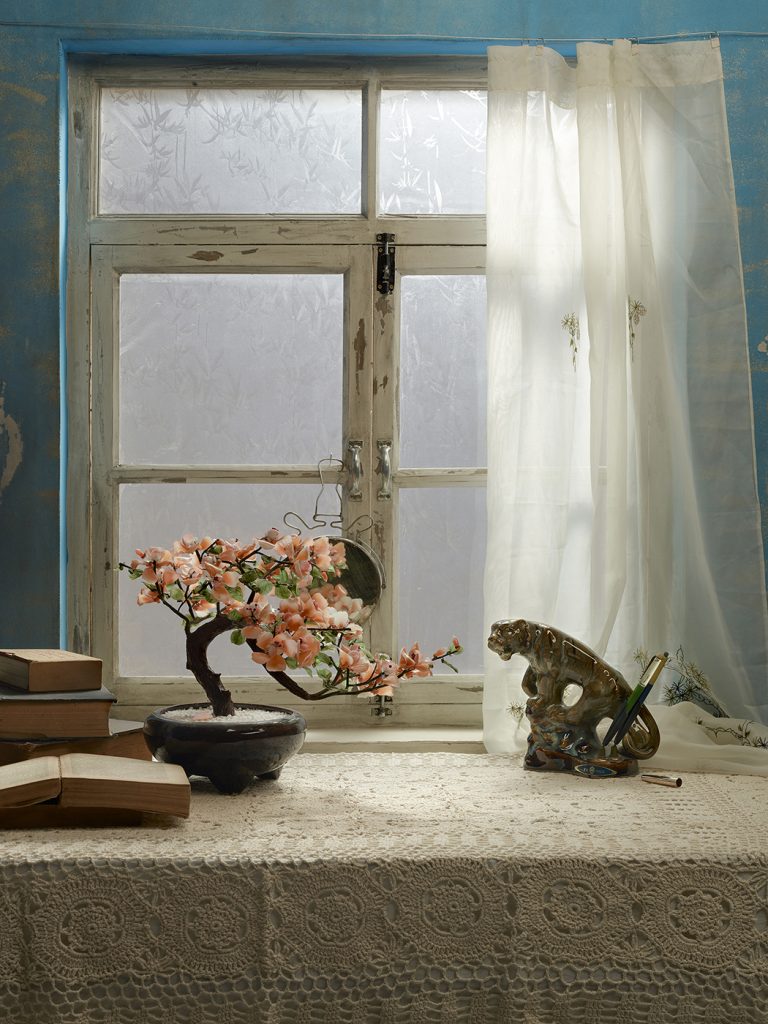
© Jiangzhi, Faded Looks 4, 2016-2017. Courtesy of Blindspot Gallery
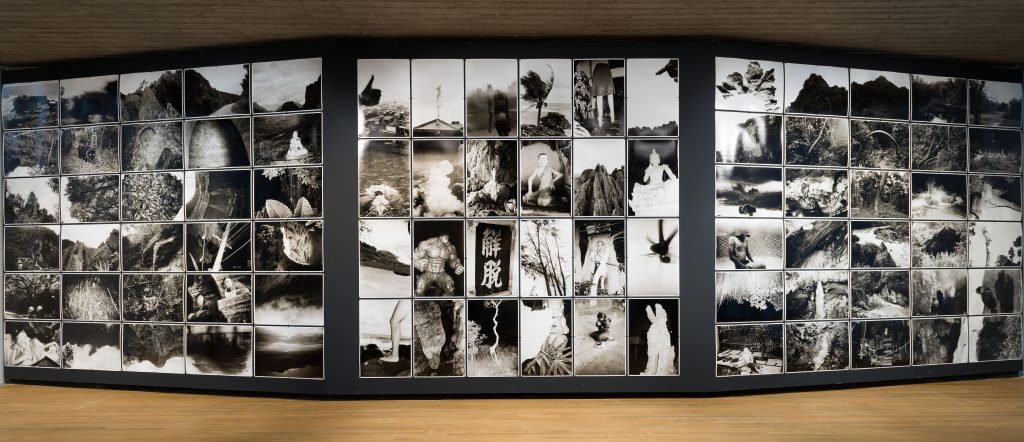
© BIRDHEAD, Welcome to Birdhead World Again, 2016. Courtesy of ShanghArt Gallery
PF: What factor will influence your decision to acquire or not acquire a piece of artwork?
Chow: I need to consider multiple factors. First of all I ask myself: is the artwork appealing enough to catch my attention? I then assess the depth and information present in the artwork. My grandfather taught me that when encountering something desirable for the first time, it’s often best to be patient and wait. But wait till when? It’s not until I see the piece for the third time and still feel interested that I know it’s time to make a move. Another factor to consider is where to place the item. Where you choose to display it, whether it be in the living room or bedroom, can impact your relationship with the artwork. It’s important to assess if the piece continues to captivate you over time. If you find that as you age or gain more experience, the item is being moved from your bedroom to other areas, like the guest room, living room, or even the bathroom, then it may be time to sell it. It’s also important to anticipate potential changes in the value and the significance of the artwork from an art historical perspective.
PF: From a global perspective, do photography and video art in the Asia Pacific region share certain common development trends?
Chow: As a medium, photography and video art are merging with other art forms to create more immersive experiences. In terms of themes, photography and video art in the Asia Pacific region are becoming more global. Artists like Cheng Ran, Tao Hui and Li Ming incorporate Chinese elements into their works while exploring internationally appealing topics. This marks a crucial point for photography and video art in China and the Asia-Pacific region. They now resonate harmoniously with the rest of the world, and this cross-regional exchange and influence are expected to continue for a long time.

© Cheng Ran, Diary of a Madman – New York, 2016. Courtesy of TANK Shanghai
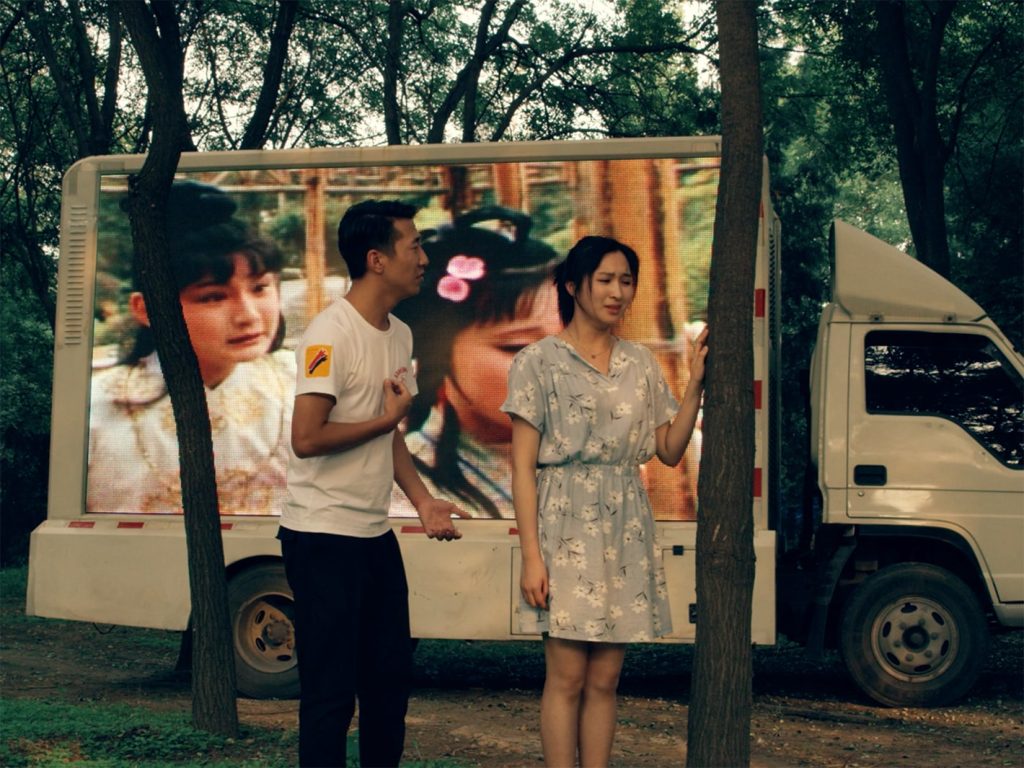
© Tao Hui, Joint images, 2016. Courtesy of Blindspot Gallery

© Li Ming, Inspired by Transliteration – Chapter Three: Wavelength, 2018. Courtesy of Antenna Space
PF: What research do you generally do before acquiring art pieces?
Chow: To be practical, you have to consider your budget first. Then, you will always need to do research and gather more information and background on the item. My advice is to make decisions based on what you see, not what you hear. You may certainly speak with the artist as this will help you grasp the inspiration behind the piece better and help you determine if the creative inspiration aligns with your own. Ultimately, collect information objectively to form your own judgment and establish your personal value system.
PF: Which emerging video and photography artists have caught your attention recently?
Chow: I’ve been particularly drawn to the work of artist Wang Tuo in terms of video art. Regarding photography, Li Shun has caught my attention, particularly for his creative approach in Study on the Nature of Things: The Orchid Pavilion.
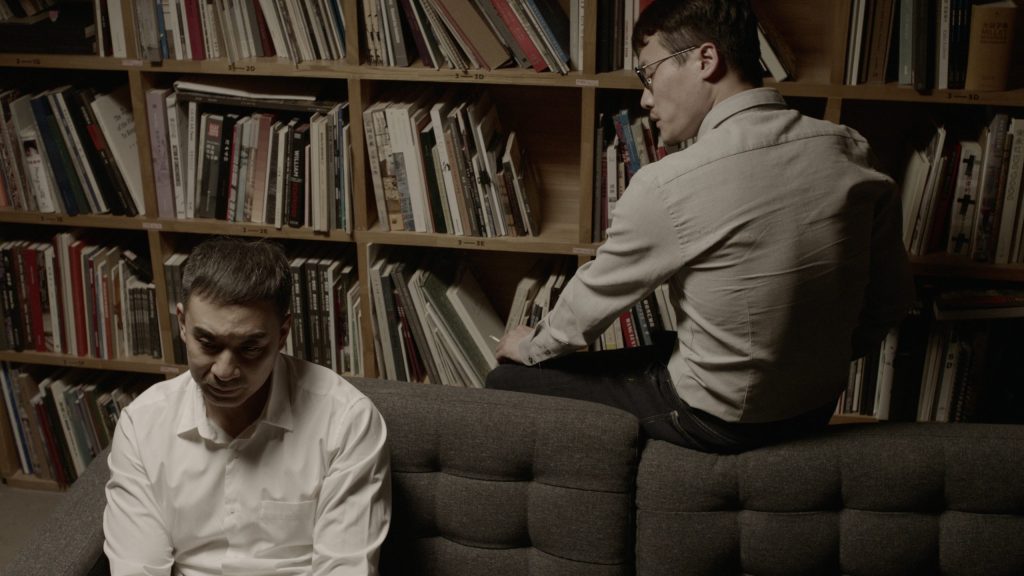
© Wang Tuo, The Second Interrogation, 2022. Courtesy of Blindspot Gallery

© Li Shun, Study on the Nature of Things: The Orchid Pavilion, 2017. Courtesy of the Artist
Via PHOTOFAIRS


